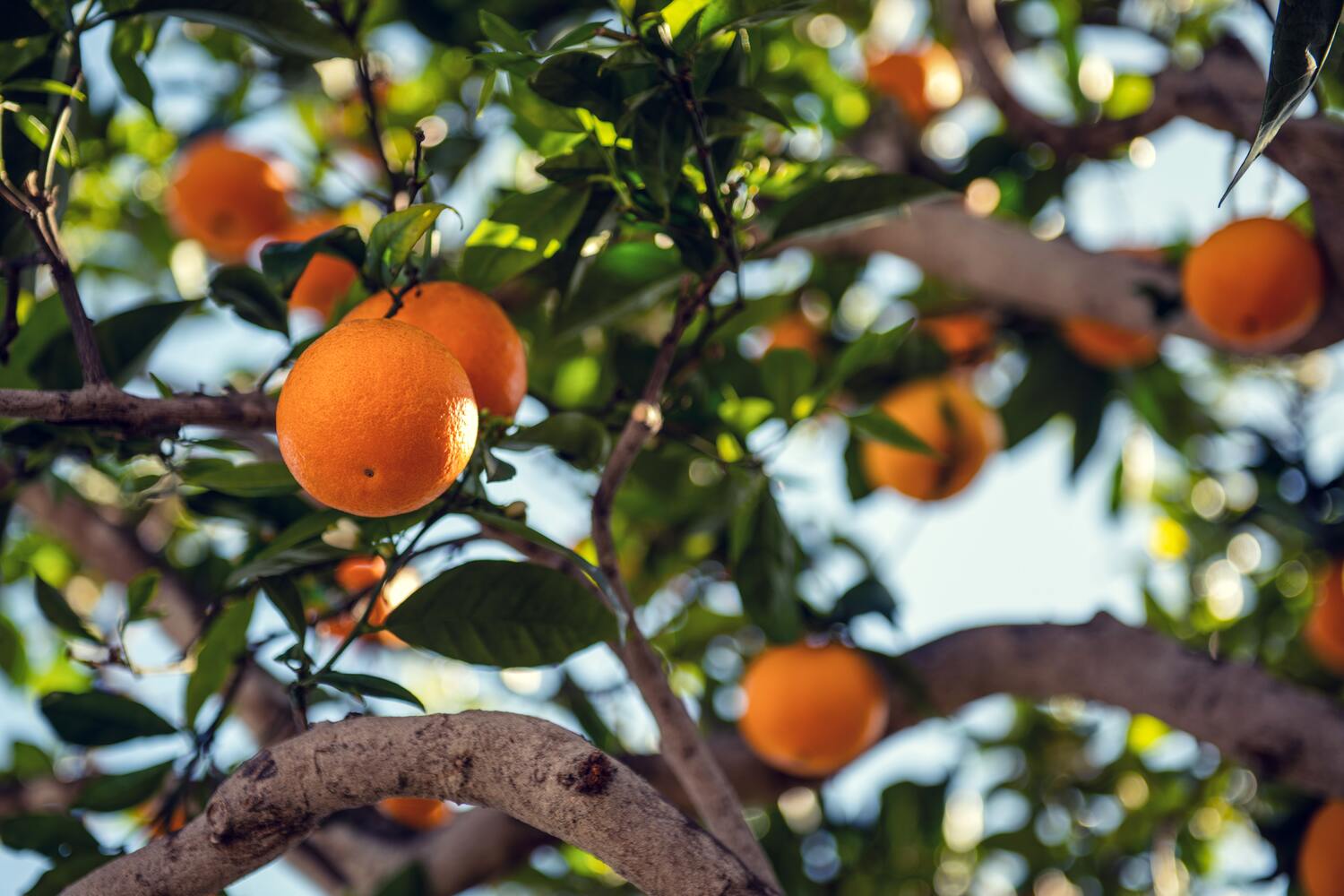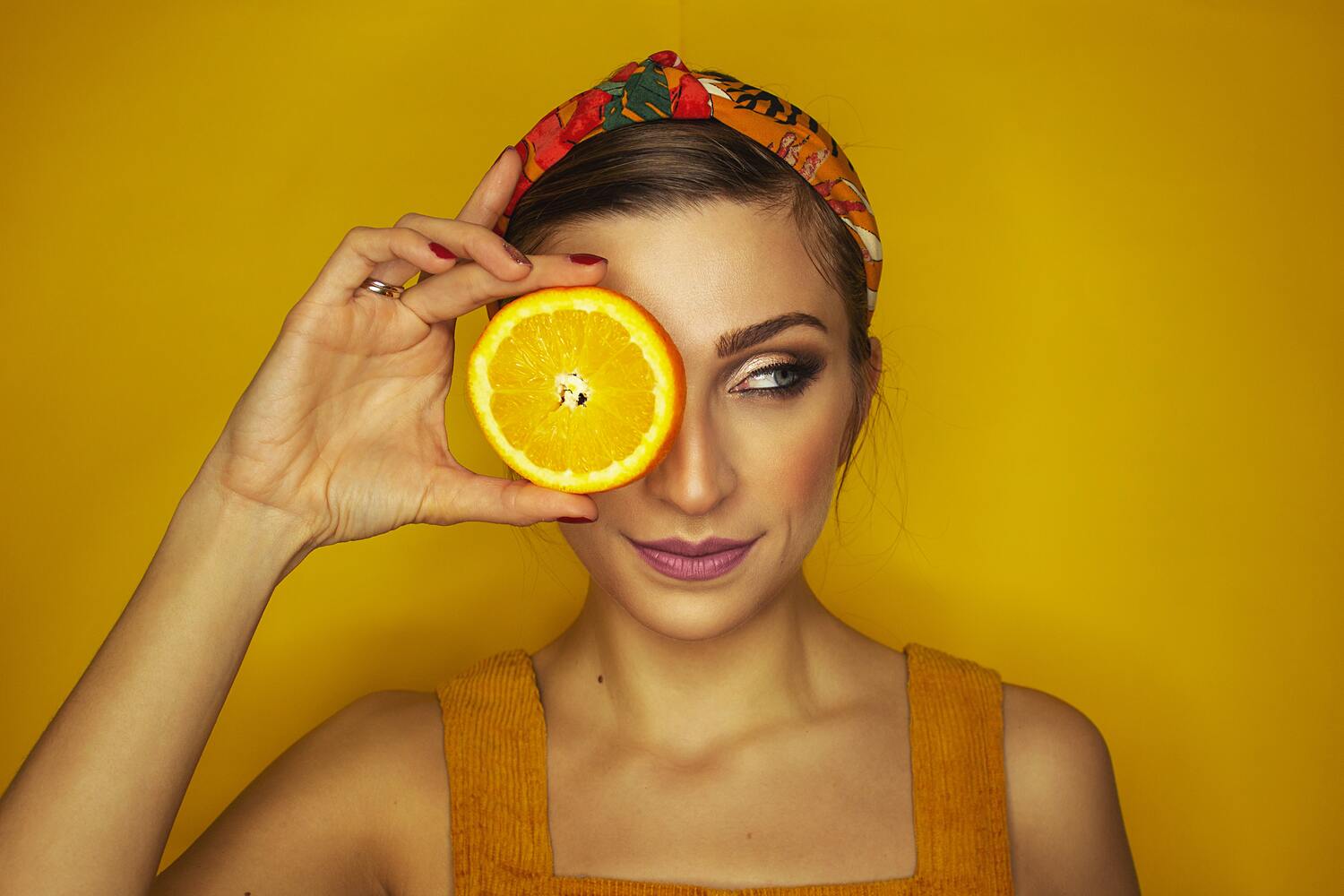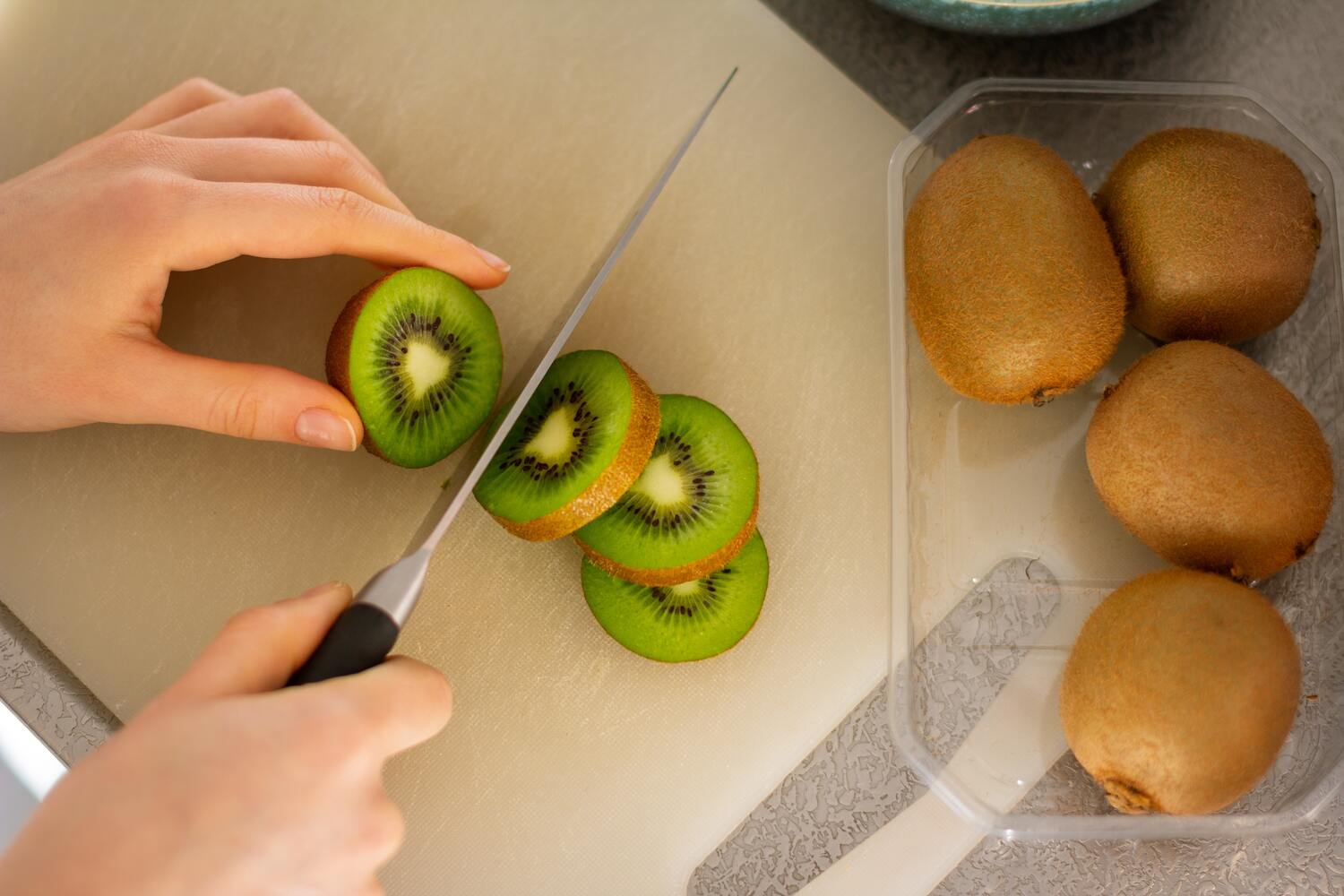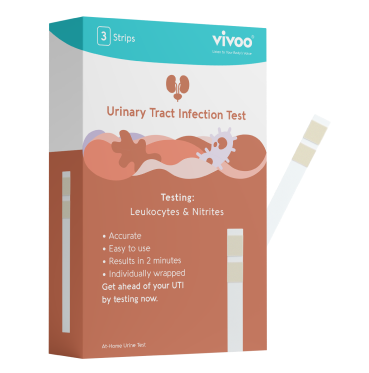What kind of vitamin is Vitamin C?
Vitamin C is a water-soluble vitamin that we get in our daily diet mostly from fruits and vegetables. It is a powerful source of antioxidants and is vital for many tissues in our bodies. Citrus fruit, kiwi, mango, and vegetables such as broccoli, tomatoes, and peppers are all rich sources of vitamin C.
The recommended daily amount of vitamin C for women and men is around 75 and 90 mg/day, respectively. However, the human body cannot produce and store vitamin C. Therefore, to prevent its deficiency, it is necessary to get enough vitamin C from your daily diet.
The amount of vitamin C that should be taken varies depending on several factors. Its absorption in the body may decrease due to various diseases or conditions, including genetics. Intake of high amounts of vitamin C is not always the solution, as high amounts can reduce its absorption in the gut. For this reason, you need to focus on maximizing the benefit of vitamin C that comes from your diet.

In Which Situations Do You Need to Intake More?
Some conditions can reduce the amount of vitamin C in the food or negatively affect its absorption in the body.
Smoking and being a passive smoker: Since smoking reduces the level of vitamin C in the body, smokers need more vitamin C. If you are a smoker or are constantly exposed to cigarette smoke, you should pay more attention to the consumption of vegetables and fruits rich in vitamin C.
Having intestinal disorders that may cause absorption disorders: Even if you take enough vitamin C, such intestinal disorders cannot be used in the body as it will negatively affect its absorption. In such cases, you may have to consider the use of supplements. Your doctor will give the best advice on this matter.
What conditions cause a high loss of vitamin C in food?

Vitamin C is an unstable vitamin. Therefore, processes such as storage, preparation, and cooking can lead to the loss of vitamin C. When vegetables containing vitamin C are cooked in water, vitamin C is lost into the cooking water, so if the cooking water is also spilled or not used, a large amount of vitamin C is lost.
In addition, the loss of vitamin C begins after cutting vegetables and fruits. The longer the sitting period after cutting, the greater the loss. Similarly, the longer the waiting time after cooking vegetables and fruits rich in vitamin C, the greater the loss of vitamin C.
You may be adding some ingredients during cooking to make the food taste delicious or cook quickly. If alkalis such as soda are added to the cooking water while the food is being cooked, the vitamin loss will increase.
Like many other vitamins, vitamin C is sensitive to heat. The higher the temperature of the place where vegetables and fruits are stored, the higher the loss of vitamin C. Storage time also plays a role in maintaining efficient vitamin C- the longer the storage time, the greater the loss of vitamin C in vegetables and fruits.
During the production of fruit juices, temperature and oxygen cause loss of vitamin C, and vitamin C is also lost after a short time in plastic bottles.
One study with pineapples reported that making the fruit into jam resulted in a greater loss of vitamin C than making something else like sherbet or juice.
What should we do to reduce the loss of vitamin C in our diet?

The amount of vitamin C in the diet is affected by various processes applied to foods. For this reason, we can prevent the loss of vitamin C by paying attention to some details in the processes applied to foods.
All processes for vegetables and fruits containing vitamin C, including storage, preparation, and cooking, should be reviewed. Here are the points to consider to prevent the loss of vitamin C in fruits and vegetables:
- The cooking water in which these vegetables are cooked should never be poured. If possible, it should be cooked in less water and the cooking time should be kept short.
- While cooking, the lid of the pot should not be constantly opened and closed. Most of the water-soluble vitamins are lost through steam. If you keep the steam inside as much as possible, the vitamins will stay in the food you're cooking.
- Alkalis, such as soda, should not be added to the cooking water.
- Frying should not be preferred as a cooking method. Since foods are exposed to very high temperatures while frying, there is a loss of vitamins. Instead, it would be ideal to cook vitamin-rich fruits and veggies in a pressure cooker.
- If you are using frozen vegetables, cook frozen food without thawing. More vitamin C is lost when frozen vegetables are thawed before cooking.
- Vegetables and fruits should be cut just before cooking or consumption and, if possible, cut into pieces by hand. It should not come into contact with surfaces such as iron or copper, and stainless steel, aluminum, or plastic equipment should be preferred.
- The area where vegetables and fruits are stored should be kept cold
- Fruit juices in glass or metal bottles should be preferred.














